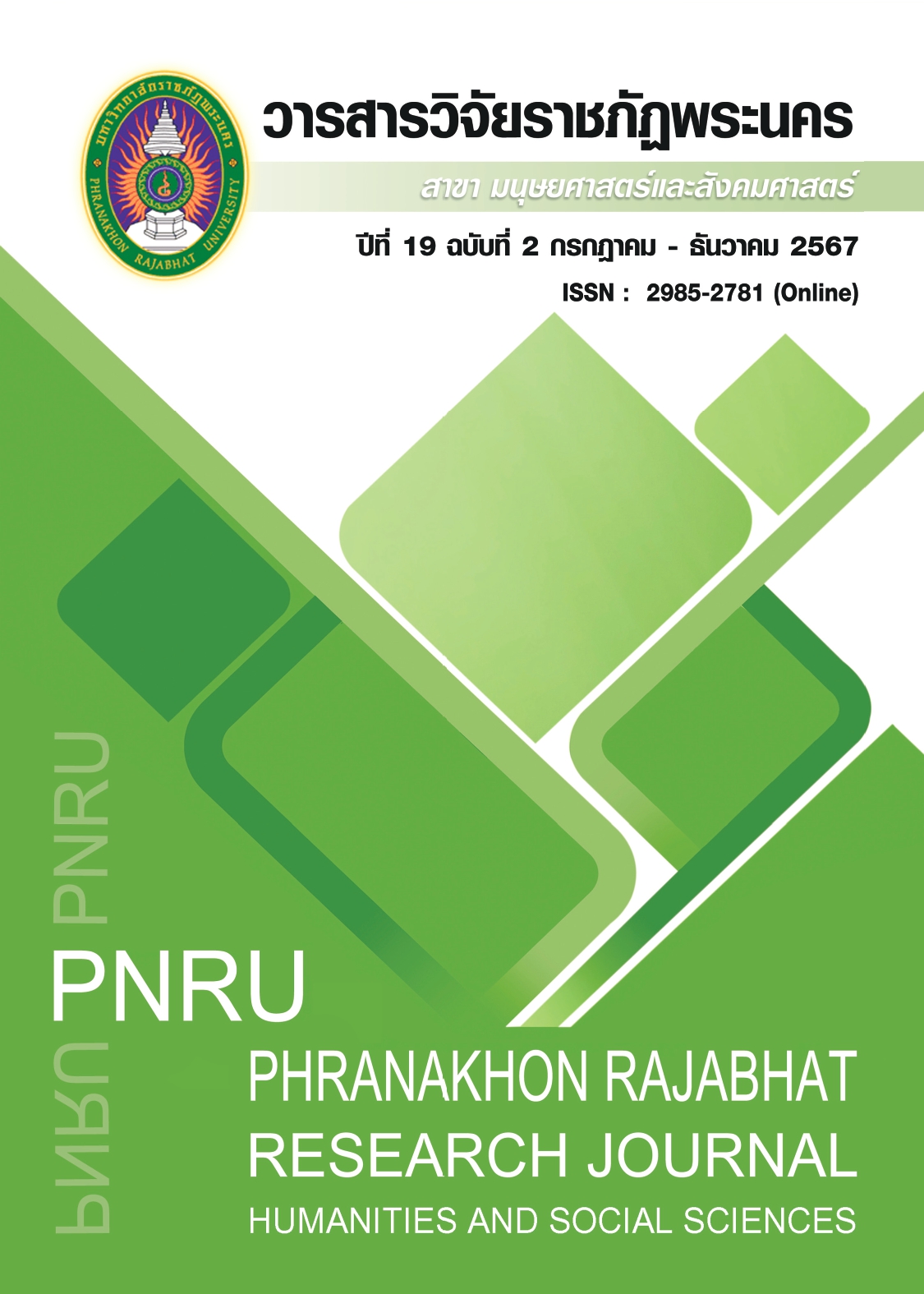นวัตกรรมการพัฒนาโรงเรียนประถมศึกษาด้านวิทยาศาสตร์ คณิตศาสตร์และเทคโนโลยี
Main Article Content
บทคัดย่อ
การวิจัยนี้มีวัตถุประสงค์เพื่อ (1) วิเคราะห์การพัฒนาโรงเรียนประถมศึกษาด้านวิทยาศาสตร์ คณิตศาสตร์ และเทคโนโลยีตามมาตรฐาน สสวท. ของโรงเรียนที่มีนักเรียนตั้งแต่ 1-120 คน และ (2) สร้างนวัตกรรมการพัฒนาโรงเรียนตามมาตรฐาน สสวท. การวิจัยเชิงประมาณ กลุ่มตัวอย่าง จำนวน 374 โรงเรียน ใช้วิธีการสุ่มอย่างง่าย และการวิจัยเชิงคุณภาพ ผู้ให้ข้อมูลสำคัญ จำนวน 12 คน เลือกด้วยวิธีจำเพาะเจาะจงร่วมกระบวนการชุมชนแห่งการเรียนรู้ทางวิชาชีพ ได้แก่ (1) ผู้บริหารโรงเรียนที่อยู่ในโครงการโรงเรียนคุณภาพด้านวิทยาศาสตร์ คณิตศาสตร์ และเทคโนโลยีตามมาตรฐาน สสวท. จำนวน 5 คน (2) ผู้เชี่ยวชาญจาก สสวท. จำนวน 5 คน และ (3) ศึกษานิเทศก์ จำนวน 2 คน เครื่องมือวิจัยประกอบด้วยแบบสอบถาม แบบบันทึกกระบวนการชุมชนแห่งการเรียนรู้ทางวิชาชีพ และแบบประเมินนวัตกรรม สถิติที่ใช้ในการวิเคราะห์ข้อมูล ได้แก่ ความถี่ ค่าเฉลี่ย และส่วนเบี่ยงเบนมาตรฐาน วิเคราะห์ข้อมูลเชิงคุณภาพด้วยการวิเคราะห์เนื้อหา ผลการวิจัย พบว่า (1) ด้านการพัฒนาโรงเรียนประถมศึกษาในปัจจุบัน โดยภาพรวมอยู่ในระดับมากที่สุดทุกด้าน และ (2) ด้านนวัตกรรมการพัฒนาโรงเรียนประถมศึกษา พบว่า ได้นวัตกรรม "Six-G Innovation" ประกอบด้วย 6 องค์ประกอบ 27 ตัวชี้วัด ได้แก่ 1) ด้านนโยบายและการวางแผน (G1) 2) ด้านการสนับสนุน (G2) 3) ด้านการพัฒนาครู (G3) 4) ด้านการจัดการเรียนรู้ (G4) 5) ด้านการนิเทศ (G5) และ 6) ด้านการมีส่วนร่วม (G6) นวัตกรรมนี้ช่วยส่งเสริมการพัฒนาโรงเรียนประถมศึกษาด้านวิทยาศาสตร์ คณิตศาสตร์ และเทคโนโลยีอย่างมีประสิทธิภาพ ผ่านกระบวนการขับเคลื่อนด้วยวงจรคุณภาพ PDCA
Article Details

อนุญาตภายใต้เงื่อนไข Creative Commons Attribution-NonCommercial-NoDerivatives 4.0 International License.
บทความที่ได้รับการตีพิมพ์เป็นลิขสิทธิ์ของมหาวิทยาลัยราชภัฏพระนคร
ข้อความที่ปรากฏในบทความแต่ละเรื่องในวารสารวิจัยราชภัฏพระนครเล่มนี้เป็นความคิดเห็นส่วนตัวของผู้เขียนแต่ละท่านไม่เกี่ยวข้องกับมหาวิทยาลัยราชภัฏพระนคร และคณาจารย์ท่านอื่นๆในมหาวิทยาลัยฯ แต่อย่างใด ความรับผิดชอบองค์ประกอบทั้งหมดของบทความแต่ละเรื่องเป็นของผู้เขียนแต่ละท่าน หากมีความผิดพลาดใดๆ ผู้เขียนแต่ละท่านจะรับผิดชอบบทความของตนเองแต่ผู้เดียว
เอกสารอ้างอิง
Coghlan, D., & Brannick, T. (2001). Doing action research in your own organization. SAGE Publications.
Coghlan, D., & Brannick, T. (2017). Doing action research in your own organization (5th ed.). SAGE Publications.
Cohen, L., Manion, L., & Morrison, K. (2007). Research methods in education (6th ed.). Routledge.
Office of Teacher and Educational Personnel Development. (2017). Professional Learning Community (PLC). Siam Paritas Publishing Co., Ltd.
Hamel, G. (2006). The why, what, and how of management innovation. Harvard Business Review, 84(2), 72-84.
Hamel, G. (2018). The future of management. Harvard Business Review Press.
Hamel, G. (2018). The why, what, and how of management innovation. Harvard Business Review, 96(6), 58-67.
Hamel, Gary. 2006. The Why, what, and How of Management Innovation. Harvard Business Review, 84, 72-84.
Institute for the Promotion of Teaching Science and Technology. (2019). Handbook for quality schools in science, mathematics, and technology according to IPST standards (SMT Quality Schools by IPST). Bangkok: Institute for the Promotion of Teaching Science and Technology.
Office of the Secretary of the National Strategy Committee Office of the National Economic and Social Development Board, 2018 : p.34.
Secretary of the National Strategy Committee Office of the National Economic and Social Development Board, 2018 : p.2.


